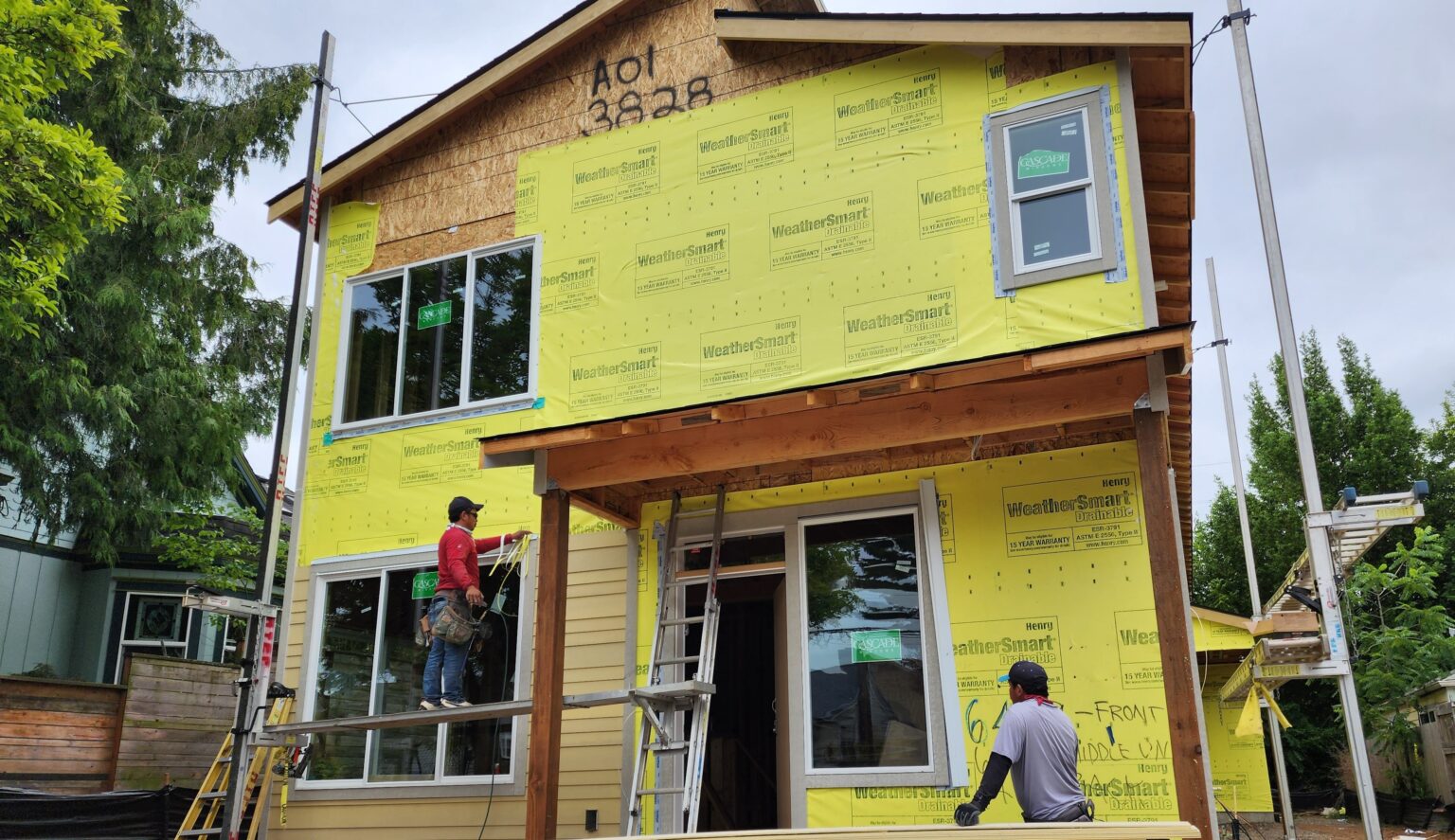Oregon Legislature – Key dates, rules and workarounds (deadline is TBD)
Published 2:14 pm Thursday, May 4, 2023
82nd Oregon Legislative Assembly
Jan 9: The legislature met for one day to swear-in new members, choose a House Speaker and Senate President, establish rules for the session and take part in the inauguration of Gov. Tina Kotek.
Jan. 17: The House and Senate meet for the first working day, which includes the introduction of legislation. The clock starts on the maximum 160 calendar days the legislature can meet under the Oregon Constitution.
ember House and 30-member Senate next met on Jan. 17, when the clock began ticking on the maximum 160-day session allowed in odd-numbered years under the Oregon Constitution.
The count is calendar days – including holidays, weekends or any disruptions. A 35-day session is held in the early part of even-numbered years.
Following the Nov. 8, 2022 election, Democrats retained a majority in both the House and Senate, but lost a seat in each. It was a crucial change.
The House has a 35-25 Democratic majority.
But elsewhere in the Senate, legislation was on the move. Senate committees have a Democratic majority and a Democratic chair. Despite the walkout, they could meet, hold hearings and vote on sending bills to the Senate floor.
Friday is the deadline for policy bills that are in their second chamber (House bills in the Senate, Senate bills in the House) to be scheduled for a work session by committee chairs. That is when lawmakers can amend legislation and vote whether to send it to the floor for final consideration.
The Revenue and Rules committees in both chambers are exempt from the deadline and an increasing number of bills have been sent there for consideration. All 11 joint committees – which include members drawn from both the Senate and House – are also exempt from the deadlines.
Knopp and other Republicans have complained that Democrats have moved legislation in joint committees directly to the floor without a stop in policy committees.
On paper at least, bills are introduced, sent to a policy committee (such as House Education or Senate Judiciary) for a public hearing, followed by a work session to make amendments and then a committee vote to send the legislation to the House. If legislation includes raising or spending money, it goes to the revenue committees, or joint committees on the state budget (Ways & Means) or taxation. The bill then received a vote of the full chamber and is sent to the other chamber where the process is repeated. It then goes to the floor of the second chamber for a vote.
If the second chamber made any amendments to the bill that came from the first chamber, it goes back to the floor of first chamber for a “concurrence” on the changes.
Once the bill’s content is aligned with both the Senate and the House, it is sent to the governor to approve or veto. She can also line-item veto specific spending or taxation lines in budget and other fiscal legislation.
Democrats have argued that the process has been used every session, particularly as “drop dead” deadlines have come and gone.
In the first two months of the 2023 session, more than 2,900 bills and resolutions were introduced in the House and Senate. About two-thirds died because of a lack of action on April 4, when the legislature’s rules required that nearly all bills have cleared committees where they were first introduced. The last chance for policy bills to receive a policy committee vote and go to the floor of the second chamber is May 19.





